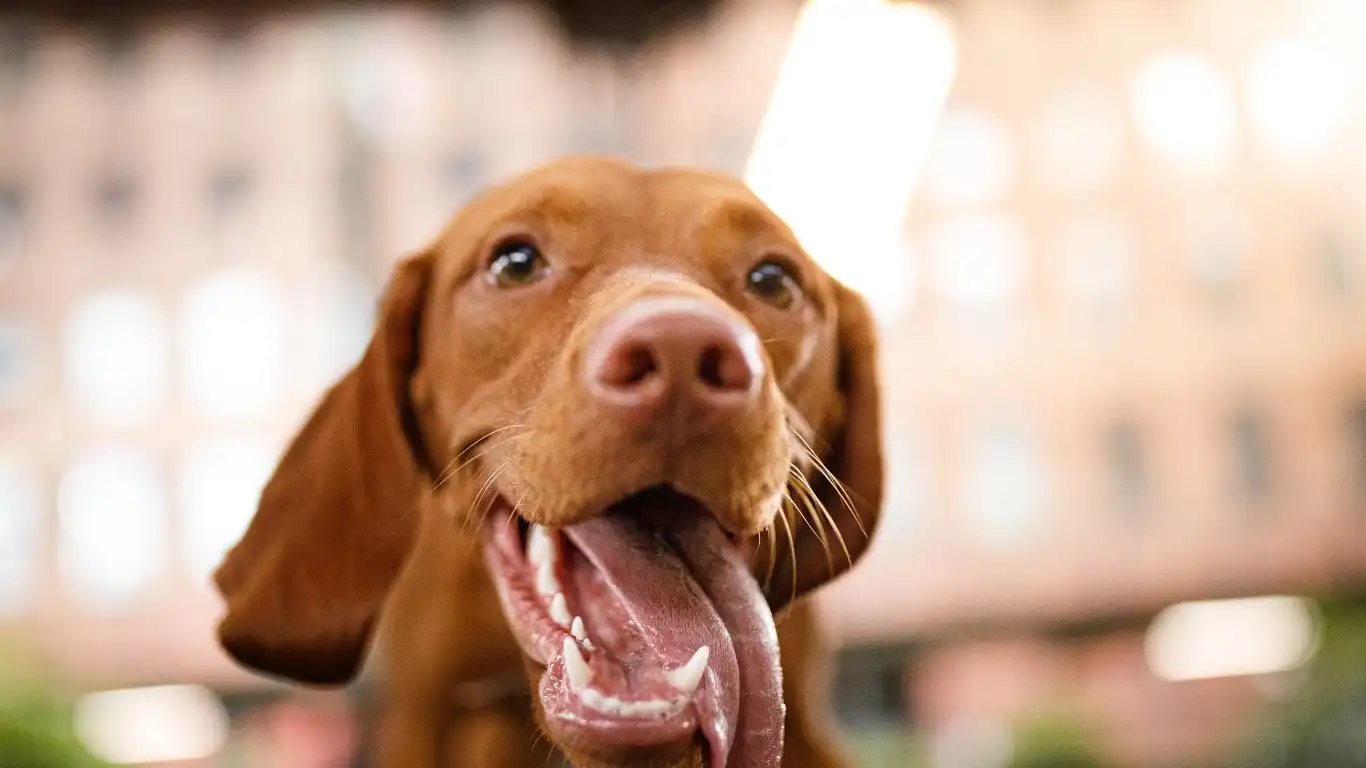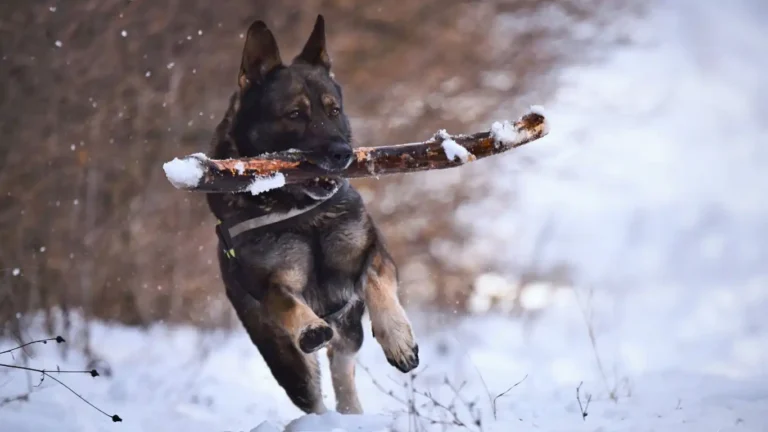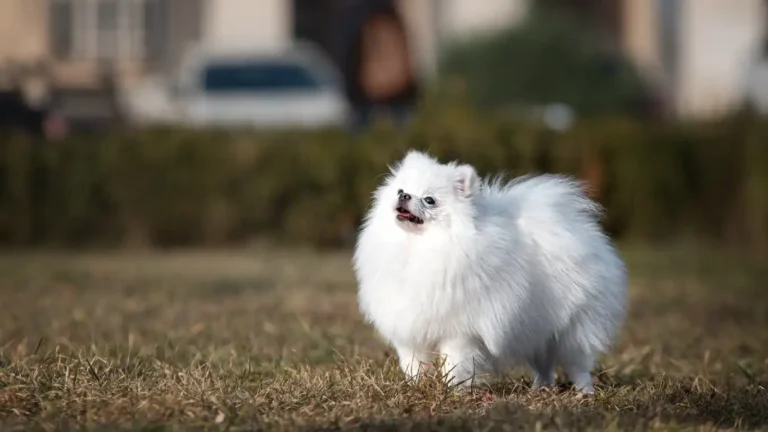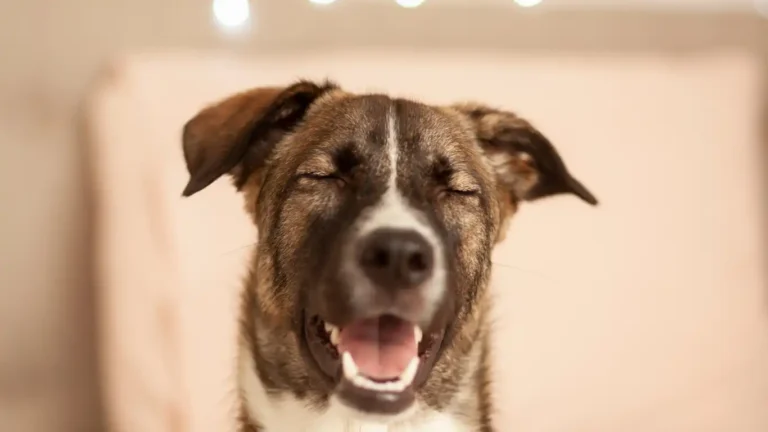Must-Know Mistakes to Avoid When Cleaning Your Dog’s Bowls
Let’s talk about something that often gets overlooked in our day-to-day pet care routines — how to properly clean your dog’s food and water bowls. I’ll admit, even in my early days as a Veterinary Technician specializing in pet nutrition, I didn’t realize how often bacteria could build up in those bowls. Most pet parents are surprised when I tell them that their dog’s bowl could actually be one of the dirtiest spots in their home. Gross, right? But don’t worry — it’s an easy fix once you know what to do.
Why Cleaning Your Dog’s Bowls Regularly is So Important
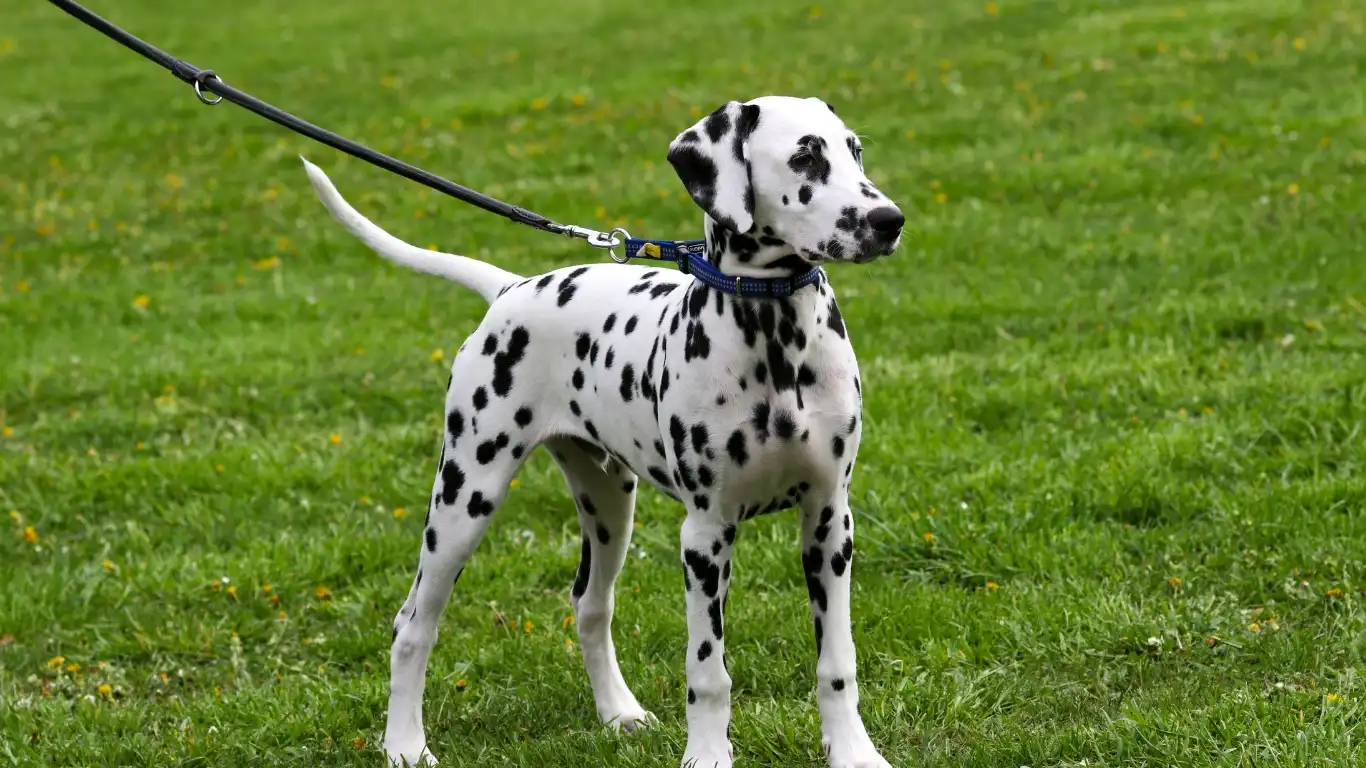
Think about it. We clean our own plates after every meal, so why wouldn’t we do the same for our dogs? Those bowls collect leftover bits of wet food, slobber, and grime. When left unwashed, they turn into a breeding ground for harmful bacteria like Salmonella and E. coli. I’ve seen plenty of pups come into the clinic with GI upset, and more than a few cases were linked to contaminated food or water bowls.
Even if your dog seems healthy, their bowl could be harboring invisible germs. Plus, if you’ve got a dog who’s prone to allergies or sensitivities, keeping their bowls squeaky clean can help prevent flare-ups. It’s one of those little things that makes a big difference.
How Often Should You Wash Your Dog’s Bowls?
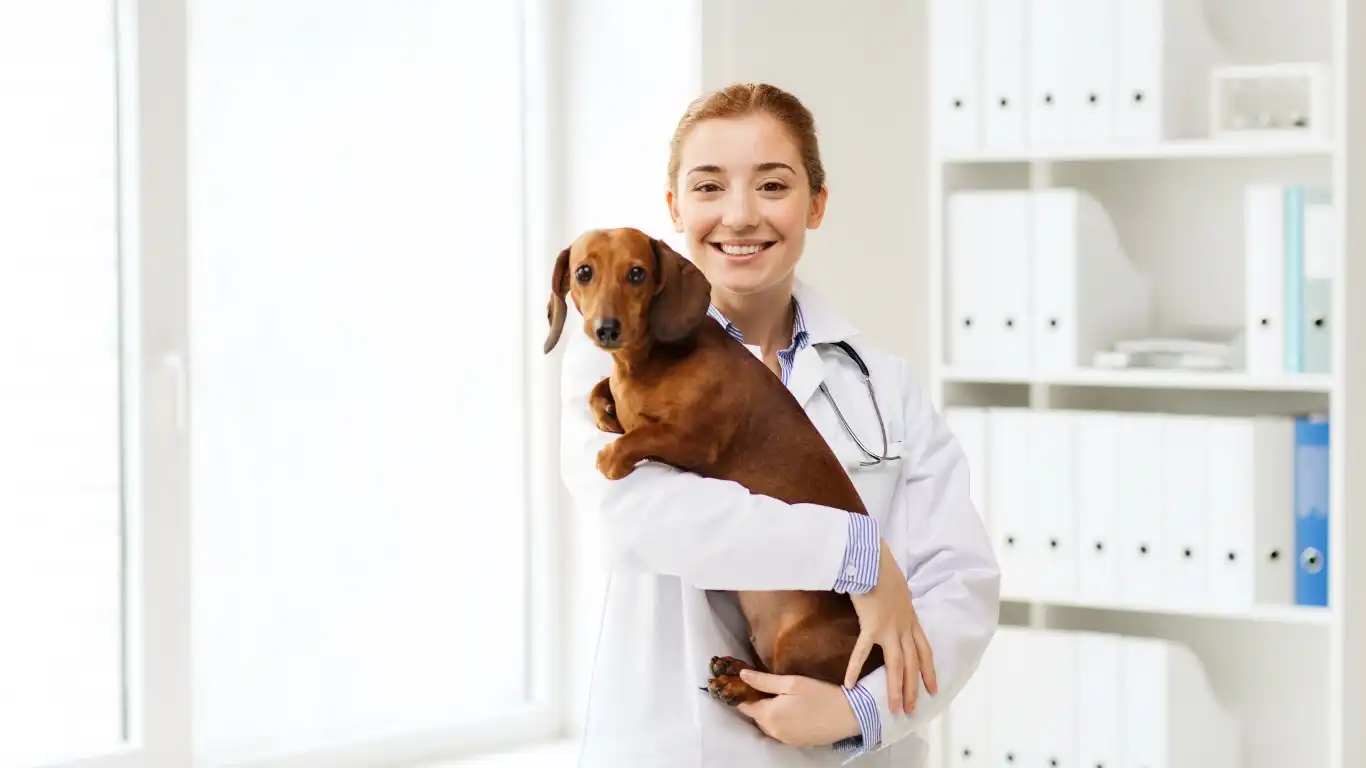
Here’s the rule I share with my clients: wash food bowls daily, and water bowls at least every other day. And if your dog eats wet food or raw, you’ll want to clean their dish immediately after each meal. Bacteria thrive in moisture, and leaving that stuff out is practically sending out an invite to every microbe in the neighborhood.
For homes with multiple dogs or pups with sensitive tummies, I recommend getting into the habit of cleaning bowls twice a day — once after breakfast and again after dinner. Trust me, your dog’s digestive system will thank you!
Quick Tip from My Clinic Days
I always kept a spare set of bowls for my own dogs so I could rotate them. That way, one set could be air-drying while the other was in use. It’s a simple trick that makes daily washing feel a lot less like a chore.
Best Cleaning Methods for Your Dog’s Bowls
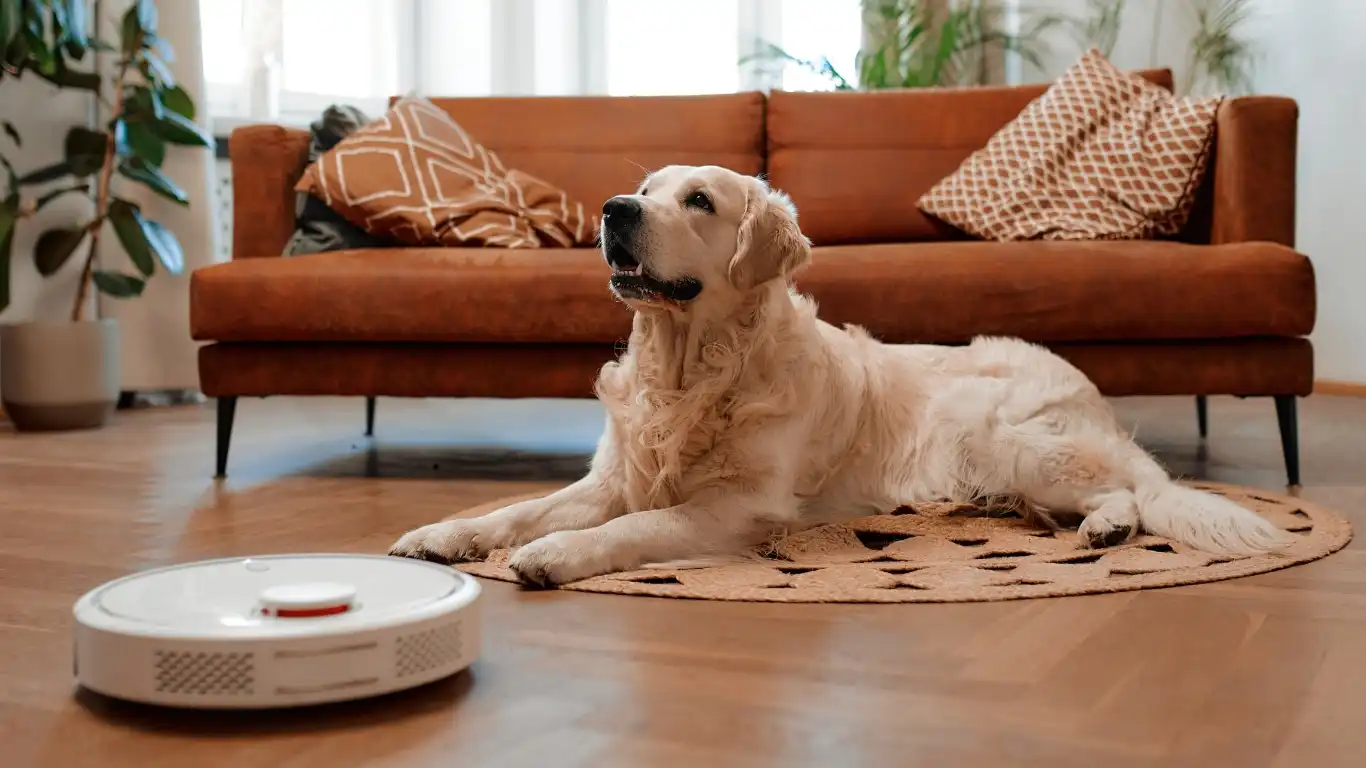
You don’t need fancy tools or harsh chemicals to get the job done. In fact, sticking with mild, pet-safe cleaners is the best way to go. Here are a few tried-and-true methods I’ve used both at home and in the clinic:
1. Hand Washing with Dish Soap
- Use hot water and a mild dish soap
- Scrub thoroughly with a sponge or bottle brush (especially around the edges and bottom)
- Rinse completely to avoid soap residue
- Let air dry or dry with a clean towel
2. Dishwasher Cleaning
If your dog’s bowls are dishwasher-safe (most stainless steel and ceramic ones are), just toss them in with your regular dishes. Use the hot cycle for extra sanitation. Avoid using strong detergents with added fragrance — your dog’s nose is way more sensitive than ours!
3. Natural Cleaning Options
For a more natural option, especially for dogs with sensitivities, try this mix:
- Mix one part white vinegar with two parts hot water
- Let the bowls soak for 10-15 minutes
- Scrub and rinse thoroughly
Pro tip: I like to use this method at least once a week as a deep clean, even when I’m washing the bowls daily with soap.
What to Avoid
- Bleach — It’s effective but way too harsh and can be toxic if not rinsed thoroughly
- Scouring pads — These can scratch the surface, making it easier for bacteria to hide
- Plastic bowls — While convenient, they’re prone to developing micro-cracks that trap bacteria
Coming up next, we’ll talk about the best materials for dog bowls and how they compare when it comes to hygiene — but first, make sure you’re building a solid cleaning routine into your day. It’s one of the easiest things you can do to support your dog’s health and well-being.
Choosing the Right Bowl Material Matters More Than You Think
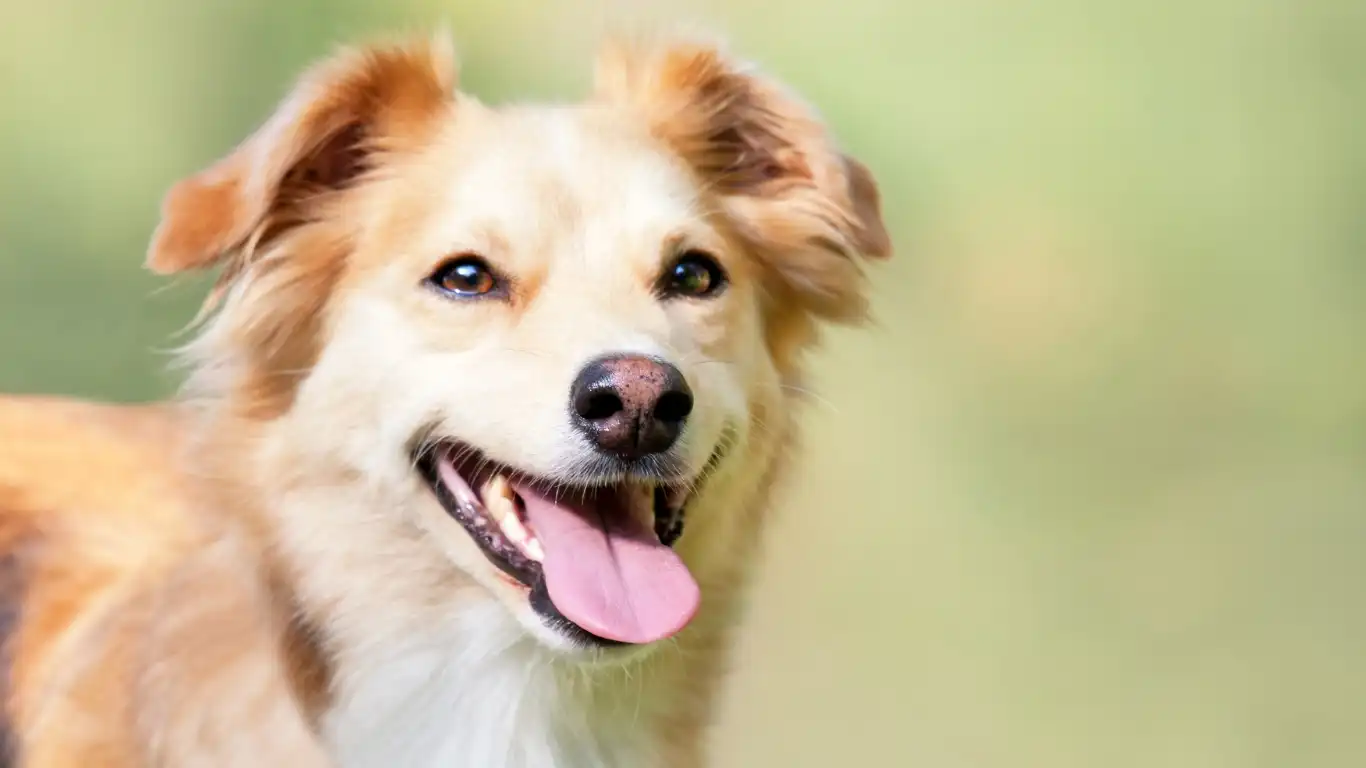
Alright, so now that we’ve covered how to properly clean your dog’s food and water bowls, let’s chat about what those bowls are actually made of. Not all dog bowls are created equal, and the material you choose can make a huge difference — not just in cleanliness, but in your dog’s overall health.
Back when I worked full-time in the clinic, I saw a lot of skin irritation and digestive issues that we eventually traced back to something as simple as a poor-quality plastic bowl. Crazy, right? It’s one of those sneaky little culprits that often gets overlooked.
Stainless Steel Bowls: My Top Pick
Hands down, stainless steel bowls are my go-to. They’re super easy to clean, dishwasher safe, and they don’t absorb odors or bacteria. Plus, they’re durable — I’ve had the same set for years without a single dent or scratch.
Bonus tip: Look for ones with a non-slip rubber base. They stay put on the floor and help prevent messes, especially if you’ve got a food-flinging enthusiast at home (you know who you are!).
Ceramic Bowls: Stylish but Fragile
Ceramic bowls are another good option, especially if they’re glazed with food-safe, lead-free coatings. They’re heavier than stainless steel, which is great if your dog likes to scoot their bowl across the kitchen. Just be aware — if they chip or crack, bacteria can sneak into those crevices and multiply like crazy.
I always tell pet parents to inspect ceramic bowls regularly. If you see any cracks, it’s time to replace it, no matter how cute it is!
Plastic Bowls: A Cautionary Tale
Plastic bowls might be cheap and convenient, but they’re honestly the worst choice in most cases. They scratch easily, which creates little pockets for bacteria to hide — even after washing. Some dogs also develop allergic reactions or chin acne (yep, that’s a thing) from certain plastics.
If you’re using plastic, make sure it’s BPA-free and replace it often. But personally? I’d skip it altogether if hygiene and health are a top priority.
Common Mistakes Pet Owners Make When Cleaning Bowls

We’ve all been there — life gets busy, and suddenly your dog’s bowls haven’t been cleaned in a few days (or longer). No judgment here. But over the years, I’ve noticed a few repeat offenders when it comes to cleaning routines. Here are some common missteps I’ve seen both in the clinic and with my own clients:
- Skipping the rinse: Even if you’re using pet-safe soap, always rinse thoroughly to avoid leaving any residue behind.
- Reusing the same sponge: Don’t use the one you use for your own dishes! Keep a separate, clean sponge or brush just for your dog’s bowls.
- Letting water sit for too long: Stagnant water is a breeding ground for bacteria and algae. Refresh it at least once or twice a day.
- Forgetting to clean under the bowl: Gunk can build up underneath and around the base. Give those areas a quick wipe when you’re cleaning the bowl.
One of my regular clients — a lovely senior couple with two golden retrievers — were doing everything right… except they were rinsing the bowls but never actually scrubbing them. Once they started using hot water and soap daily, their dogs stopped having recurring tummy troubles. It’s little tweaks like that that make a world of difference.
Setting Up a Cleaning Routine That Works for You

Okay, let’s get real: no one wants to add more chores to their list. But creating a cleaning routine that fits into your lifestyle doesn’t have to be a pain. The key is consistency — even if it’s simple.
Here’s a quick daily routine to try:
- Right after feeding time, rinse and wash the bowl with hot water and soap.
- Place the bowl upside down on a clean towel or drying rack.
- Refill water bowls with fresh, clean water (especially in warm weather).
If mornings are a rush (aren’t they always?), wash the bowls after dinner and have them ready for the next day. I used to keep a couple of clean spares under the sink so I could swap them out if I didn’t have time to wash right away.
Also — don’t forget travel bowls or outdoor water dishes! These often get overlooked and can be even dirtier than the ones inside.
At the clinic, we made it a rule to disinfect every feeding bowl between uses. It’s part of keeping things sterile and safe for every patient — and while you don’t have to go that hardcore at home, aiming for a similar level of cleanliness goes a long way in boosting your dog’s health.
Extra Sanitation Tips for Special Situations
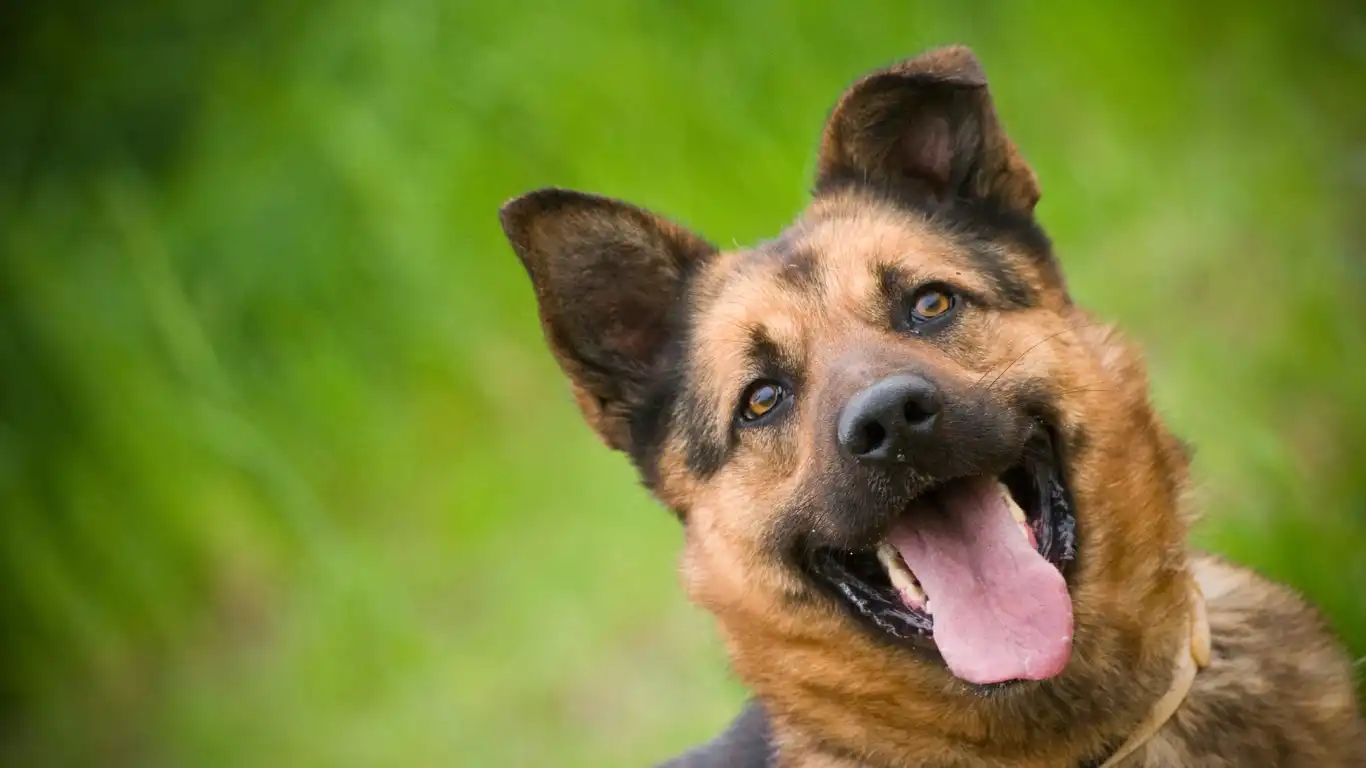
By now, you’ve got a good grasp on how to properly clean your dog’s food and water bowls on a regular basis. But there are a few situations where you’ll want to take your cleaning routine to the next level. I’ve had a handful of clients with dogs that were immune-compromised, had cancer, or were recovering from surgery — and for those pups, we had to step it up.
If your dog is elderly, immunocompromised, or has a chronic condition, it’s worth sanitizing their bowls a couple of times a week with a more thorough method. You don’t need harsh chemicals — even a good soak in boiling water for 10–15 minutes can make a big difference. Just be sure your bowls can handle the heat (most stainless steel and ceramic bowls can).
After Illness or Diarrhea Episodes
When your dog’s had a tummy upset or viral infection, disinfecting their bowls daily is a must — even for a few days after symptoms resolve. I recommend using a diluted vinegar rinse after washing with soap and hot water. Let the bowl air dry thoroughly to reduce any lingering microbes.
And don’t forget to clean any placemats, feeding stands, or floors nearby — you’d be surprised where a bit of drool or spilled kibble ends up!
What About Multi-Pet Homes?

If you have more than one dog, or a mix of cats and dogs, things can get a little more complicated. Sharing bowls might seem like no big deal (especially if your pets get along well), but I’ve seen cross-contamination happen more times than I can count.
Each pet should have their own food and water bowl — no exceptions. Not only does this help avoid the spread of bacteria and illness, but it also helps reduce food aggression or stress at mealtimes. I remember a sweet lab mix I treated who kept getting ear infections and skin flare-ups. Turns out, he was sharing a bowl with his feline sibling, who had a completely different diet and a penchant for slobbering in the water. Problem solved once they each got their own setup.
Color Code for Simplicity
One trick I often suggest to pet parents: use different colored bowls for each pet. It’s a simple way to keep things organized, especially in busy households where bowls get cleaned and swapped out often.
Recap: Your Bowl-Cleaning Checklist
To wrap things up (without calling it a conclusion, because hey — we’re just chatting here), let’s pull everything together. If you’re wondering whether your dog’s bowls are getting the care they deserve, ask yourself:
- Am I washing food bowls daily and water bowls at least every other day?
- Do I avoid using harsh chemicals and instead opt for mild dish soap or vinegar?
- Have I chosen bowls made from safe, non-porous materials like stainless steel or ceramic?
- Do I rotate bowls so there’s always a clean one ready to go?
- Is each pet in my home using their own individual bowls?
If you’re nailing most of these — give yourself a gold star. If not, now’s the perfect time to make a few simple changes that’ll seriously benefit your dog’s health (and likely reduce vet visits, too).
Helpful Resources & References
- American Veterinary Medical Association (AVMA)
- American Gastroenterological Association
- Centers for Disease Control and Prevention (CDC)
- PetMD
- ASPCA
These sites are fantastic if you want to dig deeper into food safety, proper sanitation, and pet nutrition best practices. I’ve leaned on them heavily throughout my vet tech career, and they’re full of science-backed advice (with none of the fluff).
Disclaimer
This article is based on personal experience and professional knowledge gained as a Veterinary Technician/Nurse specializing in pet nutrition. It is meant for educational purposes and should not replace professional veterinary advice. If your dog is experiencing persistent gastrointestinal symptoms or has special dietary needs, please consult your vet for tailored recommendations.
